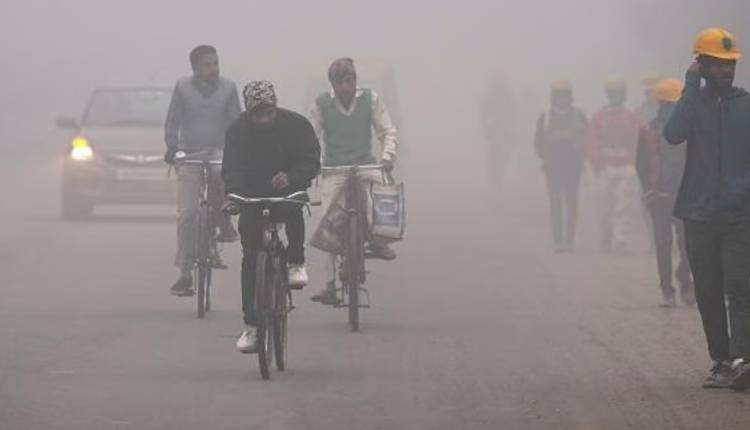New Delhi: As the southwest monsoon withdraws and winter knocks on India’s door, meteorologists are issuing a stark warning: brace for a harsher-than-usual cold season, fuelled by the likely activation of La Niña in the Pacific Ocean.
Following an above-normal monsoon that brought relief from summer heat, the Indian Meteorological Department (IMD) and global forecasts predict intensified cold waves sweeping across northern India and the Himalayan regions from October to December, potentially marking one of the chilliest winters in recent years.
Experts emphasise that La Niña, the cooling phase of the El Niño-Southern Oscillation (ENSO), occurs when sea surface temperatures in the equatorial Pacific drop below average, triggering stronger easterly winds. This phenomenon often leads to drier conditions in some global areas but amplifies winter chills in India.
The IMD’s August 2025 ENSO bulletin noted neutral conditions during the monsoon, with a 50% probability of La Niña emerging by October-December. This aligns with the US Climate Prediction Centre’s (CPC) September 11 update, which pegs the odds at 71% for activation between October and December 2025, easing to 54% by December 2025-February 2026.
Skymet Weather corroborates this, observing that Pacific waters are already cooler than normal, nearing the -0.5°C threshold for official La Niña declaration if sustained for three months.
Northern states like Punjab, Haryana, Chandigarh, Uttar Pradesh, Bihar, Uttarakhand, Jammu and Kashmir, and Himachal Pradesh face the brunt, with forecasts of severe cold waves, biting frost, and heavy snowfall in the Himalayas. Residents are urged to prepare for disruptions, including potential impacts on Rabi crops like wheat and mustard, which could suffer from prolonged frost. However, kharif harvests benefit from enhanced rainfall during the retreating monsoon and into winter, despite the risk of waterlogging damage to paddy fields.
Globally, La Niña promises bountiful rains for Australia, Indonesia, and Southeast Asia; milder winters in northern Europe; but harsher colds in southern and western Europe.
Research from Punjab’s Indian Institute of Science Education and Research (IISER) and Brazil’s National Institute for Space Research (INPE) in 2024 reinforces that La Niña exacerbates cold waves in northern India, drawing from historical data. While 2025 won’t be the hottest year on record, this shift from monsoon abundance to winter austerity underscores climate variability’s unpredictability.
Authorities advise stockpiling essentials and monitoring updates, as the phenomenon could moderate summer heatwaves in 2026 but strain energy demands and air quality this season.



Comments are closed.